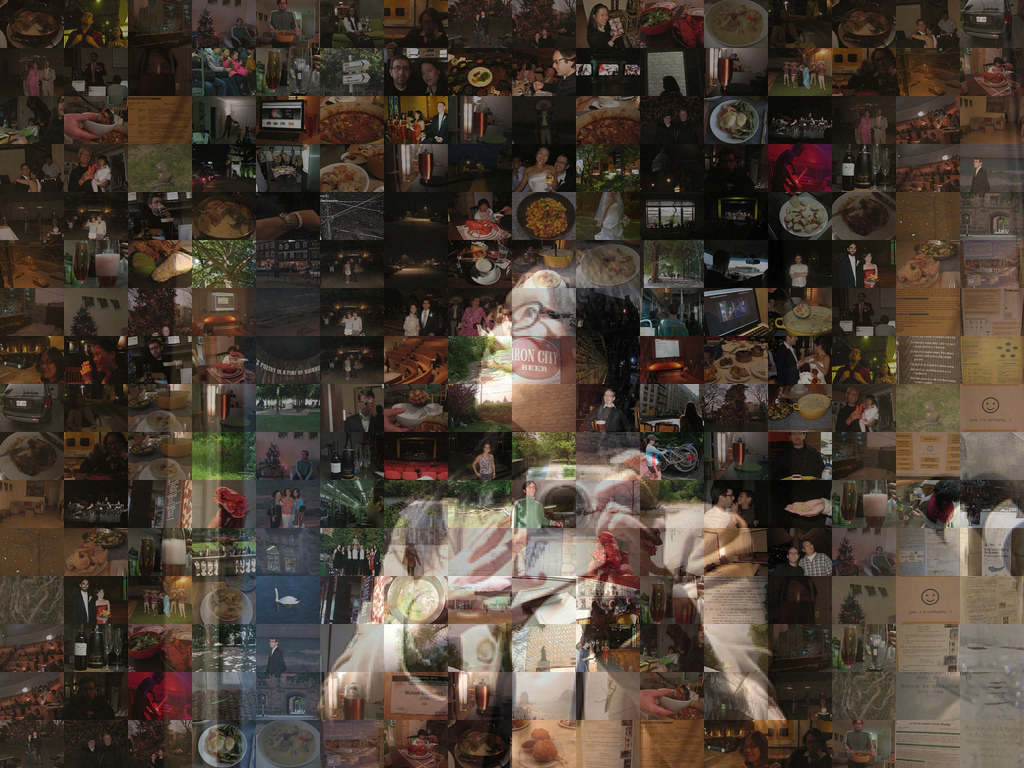Bacteria eating iron and producing magnets: the background
I read and reread a BBC article on how certain bacteria, Magnetospirilllum magneticum to be precise, consume iron and the byproduct of that process produces magnetic material. Scientists believe this process could be used to generate bio-computers that organically generate themselves in response to particular biological interactions. I am not doing it justice so let me borrow liberally from the BBC article:
These naturally magnetic microorganisms usually live in aquatic environments such as ponds and lakes, below the surface where oxygen is scarce.
They swim following the Earth’s magnetic field lines, aligning in the magnetic field like compass needles, in search of preferred oxygen concentrations. When the bacteria ingest iron, proteins inside their bodies interact with it to produce tiny crystals of the mineral magnetite, the most magnetic mineral on Earth.
Having studied the way the microbes collect, shape and position these nano-magnets inside themselves, the researchers copied the method and applied it outside the bacteria, effectively “growing” magnets that could in future help to build hard drives.

The pragmatic application
I have no doubt that what the researchers are trying to stimulate and replicate should be something involving miniaturization, namely this production of hard drives and limited real estate in which to project unlimited computing power. The spaces in which to write computing power are growing infinitesimally smaller and smaller and therefore generating a process that potentially ‘eats itself’ to recreate an organic construction that attends to a particular environmental need makes perfect sense.
Having it be a commercial (by)product makes sense as well in order to recoup cost and stimulate adoption should it prove to be viable. I agree with all of this, but what intrigues me and delights the imagination of what this process reveals about social constructions and online activity and how a process such as this can potentially serve as a model for (rhizomic or otherwise) learning activity online, that perpetual process of construction, destruction, and reconstruction of learning space and knowledge itself. In short, a process that eats itself once utility has been achieved (ie, knowledge constructed) to produce a necessary organizing agent for the next iteration of learning.
Further, these scientists managed to create biological wires, which I will turn to the article again for further explanation:
Besides using microorganisms to produce magnets, the researchers also managed to create tiny electrical wires from living organisms.
They created nano-scale tubes made from the membrane of cells, grown in a lab-controlled environment with the help of a protein present in human lipid molecules.
A membrane is a biological film-like “wall” that separates a cell’s interior from the outside environment.
So, they are not only creating the organizing agent of attraction (magnetic material) strictly from an organic process, they are creating connective tissue to further align that organizing agent. They create the attraction then the organization all from the byproduct of a naturally recurring process. Presumably, once the utility of this magnetic material and biological wires is expended, then a process will be created to ‘eat itself’, thereby replicating the construction process all over again all from the same base set of materials. I suspect there is a better process than ‘eat itself’, at least a more scientific one, but I defer to the jocular here.
So magnetic material and biological wires. Does the metaphor work learning?
This is not so much how this organic process of bacteria producing magnetic material can be used as an actual learning construct, but rather how it presents a conceptual model of learning activity taking place in ephemeral aggregations, namely online (mobile, elearning, or otherwise) communities. A process whereby learning spaces are constructed to produce knowledge and when these spaces cease to be relevant or valid, they are eaten by the organic process of learning itself to produce the new phase of learning evolution. A continual process of construction and deconstruction.
Nothing new necessarily there. But what this process illustrates is that this process of construction/destruction has elements of both conscious and unconscious activity, of individual and aggregate activity, all of it organic. The magnetic waste metaphor is the knowledge gained from the previous iteration acting as an organizing agent of the next one. The biological wires as environments surrounding this new iteration looking for connections, collaborations, a new network to feed energy into itself.
This process also creates opportunities for automation on some level, that parts of this process can be offloaded onto a sort of biotech intelligence. That learning systems, individually or collectively constructed, whether formal or informal gated or open entities, can deconstruct themselves based on need to create opportunities for further discovery.
The metaphor works. Bacteria eating itself to produce the raw materials of iteration and evolution. A traditionally negative process (bacteria/decay/decomposition/destruction) being appropriated as a necessary step in cognitive development. There is a real solid conceptual structure here and some opportunities for those who wish to push on mapping organic processes to learning ones. What we need is a nuanced approach to seeing metaphors as conceptual tools for development. To see the online detritus as biological agents of learning, to eat and be eaten. To build larger, yet ephemeral learning constructs. To writ large across the online sky. To embrace both complexity and perpetual regeneration. Real opportunity here.

Not to introduce too flaky a metaphor at this stage, but this process of ‘eating oneself’ is particularly applicable to memory. How memory makes us chew the particulars of our past to produce this byproduct of understanding or absolute repression. Either way, to some degree the memory is consumed. In this instance, the construct of memories that aggregates to the conceptual image of my wife is consumed or acts as an accelerant to produce love, increased emotional depth.
